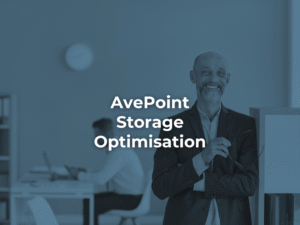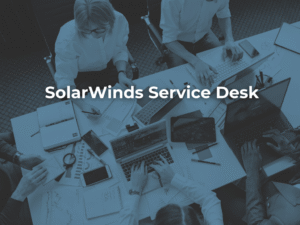Virtualisation has become a bit of a buzzword in recent years, which is no wonder as it has brought a lot of positive changes to the world of IT. However, to the everyday computer user with no deeper knowledge of information technology it is just a word with no meaning. You really need to understand the concept of virtualisation to really appreciate this huge development in IT.
In this article we’ll try and explain what virtualisation is all about and what the benefits are – in simple terms.
First of all, it might be useful to point out that virtualisation is only a component of cloud computing, and that these terms can’t be used synonymously. The main difference is that in virtualisation the operating system is separated from the hardware, whereas in cloud computing the application is separated from the hardware.
In short, virtualisation refers to the act of creating a virtual version of something, including but not limited to a hardware platform, operating system (OS), storage device or network resources.
In the past, if you e.g. installed a Windows 2008 OS it would’ve been physically linked or connected to the hardware on the server, and it would’ve been very time-consuming and complicated to migrate the operating system to another hardware on another server. Also, if the server died, it meant that the OS died too, and you had to fix the physical server in order to get the OS to work again.
Now, you can install a piece of software called a hypervisor (or Virtual Machine Manager/Monitor) onto the server hardware and then install the operating system onto the hypervisor. The OS then becomes an instance of an OS. This means that the OS is tied to the hypervisor and not the physical server.
Why is this better?
– You can install the same hypervisor on another server and then move an instance onto that hypervisor as you would move a file or a photo. This will radically speed up and simplify IT management.
– You can also install multiple instances of different operating systems, such as Windows, Linux, Unix and Ubuntu, onto the same server hardware. Instead of buying several servers for each OS, you can get away with only one high-power server.
– You can run multiple OS and applications on a single computer, e.g. if you have a Mac computer and want to use a Windows program you just need to install a virtual box (a hypervisor) and then install that Windows program on the box.
– By drastically reducing the number of servers you can save a lot of money on overall IT expenses.
– Higher availability and less downtime. You can connect your office servers for virtualisation; if one fails, all the instances on that server will automatically migrate to the other servers.
– Greater utilisation of each server.
There are two types of hypervisors, Type 1 and Type 2. Type 1 is a native or bare metal hypervisor that you install directly on a blank computer with no installed operating system. Type 2 is a hosted hypervisor that you install on the OS that is already installed on the computer.
When purchasing virtualisation software you need to know which type of hypervisor you need or have and be really careful about licensing fees as they vary a lot and can be very complicated. You might for example have to pay for a licence for each processor on a server, or even for each core in the processor.
We hope that you now have a better understanding of what virtualisation is and why it has made such a big difference in IT. For a much shorter explanation, watch our one minute video.






